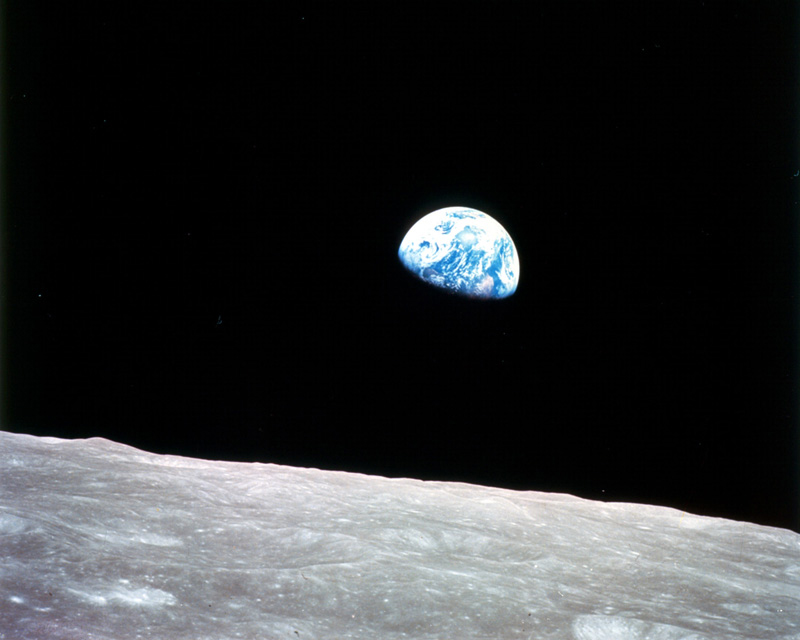The Formation Of The Earth’s Crust
Meteorite bombardments continued. The Moon has preserved traces of these ancient bombardments. On Earth, these bombardments erased the traces of the formation of the first crust. Some radio clocks still make it possible to date the start of the formation of the Archean crust at 4.47 billion years or 100 million years after the start of the solar system’s formation.
The hypothesis adopted concerning the arrival of water on Earth is as follows: half of the water would have been brought by a meteor shower from outside the asteroid belt. Comets contain 50% water, and this water contains twice as much deuterium as water on Earth.
The other half of the terrestrial water would have the degassing of the mantle (the mantle water contains almost no deuterium). By mixing the two types of water, we obtain the quantity of deuterium corresponding to the isotopic signature of the terrestrial water.
But What Phenomenon Could Have Been At The Origin Of This Meteor Shower?
The course of these meteorites could have been modified by the gravity field of the giant planet in the solar system: Jupiter. By disintegrating during their collision with Earth, the meteorites would have released water. Over the collisions, the oceans would have appeared.
Contrary to what has long been thought, the formation of the oceans would have been relatively rapid. Geologist Stephen Mojzsis, by measuring the oxygen content of zircons extracted from the oldest terrestrial rocks, believes that the rocks to which these zircons belonged were formed in the presence of water. Read about earth development des Moines, IOWA
From the age of zircons (around 4 billion years), S. Mojzsis estimated that the oceans took around 150 million years to form.
One hundred fifty million years after its formation, our Earth, therefore, had oceans rich in iron (green in color), and its atmosphere denser than the current one gave it a reddish tint. The surface temperature was undoubtedly around 93 ° C.
The gases that make up this primitive atmosphere are nitrogen, carbon dioxide, and methane. Gradually the meteorite bombardment will slow down. It is the study of stromatolites that will explain the appearance of oxygen in the atmosphere. These cyanobacteria use carbon dioxide and light and release oxygen.
In the Pilbara region (Australia), we can see the oldest fossils of stromatolites (present about 3.5 billion years ago). However, the oxygen formed by these early stromatolites did not accumulate in the atmosphere. Why?
Part of the answer comes from rocks located in Zarijini National Park (Australia). These rock formations formed 2.5 billion years ago. The dioxygen released by the stromatolites would have reacted with the iron to form iron oxide. The first oceans, saturated with iron, would have absorbed oxygen for 1 billion years. Zarijini rocks would have formed by the precipitation of iron oxides.


Comments are closed.